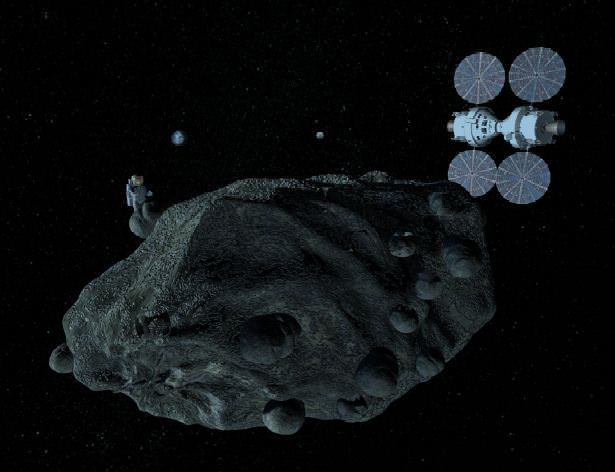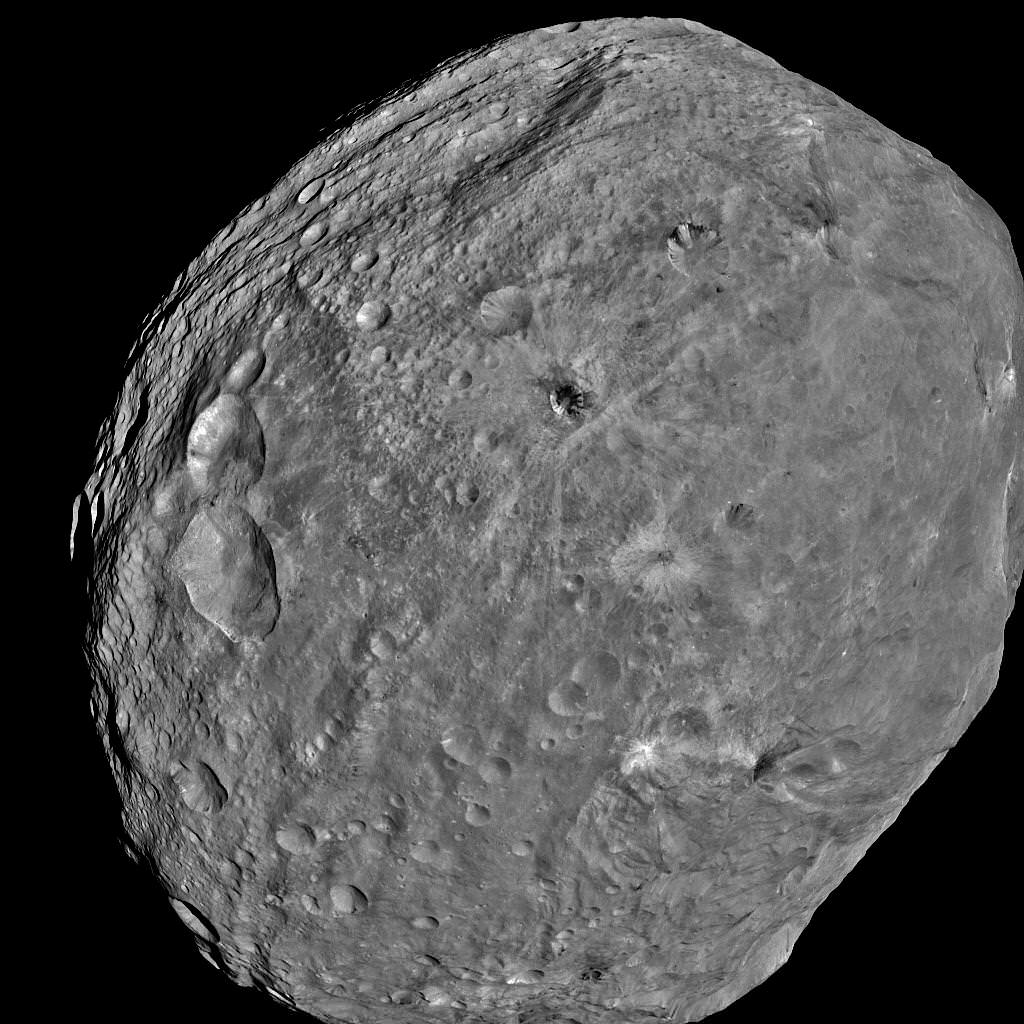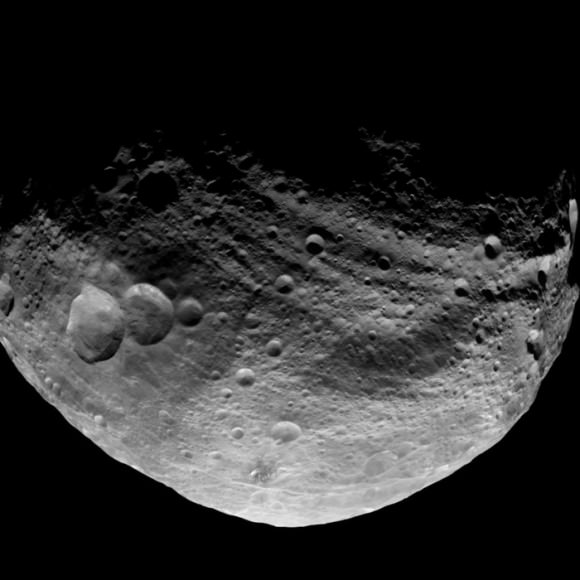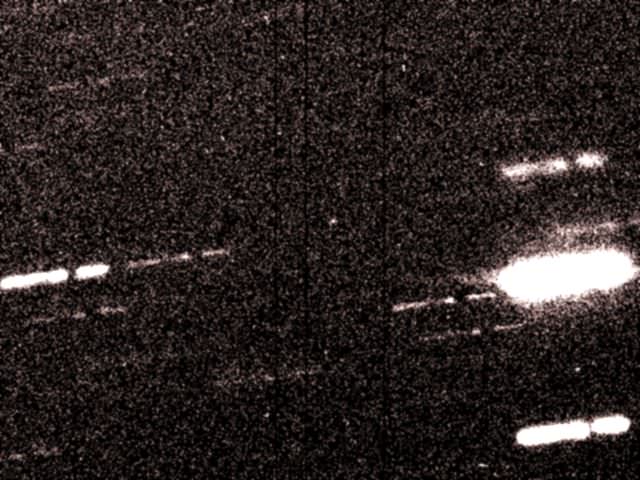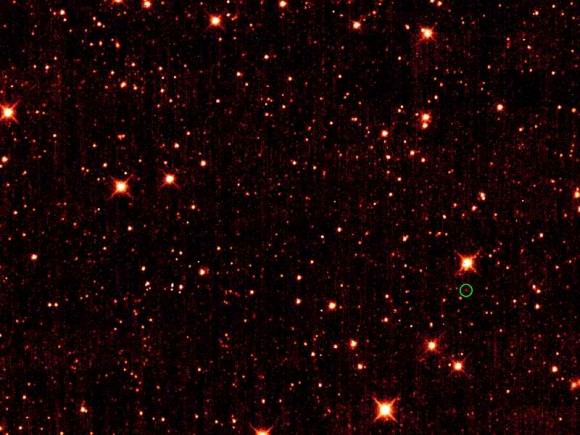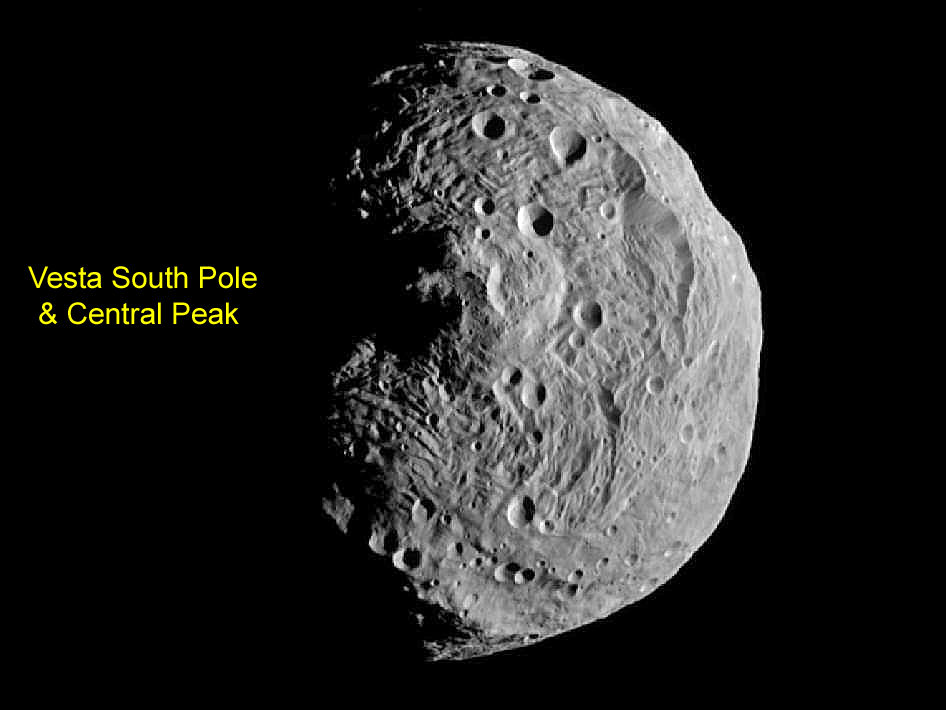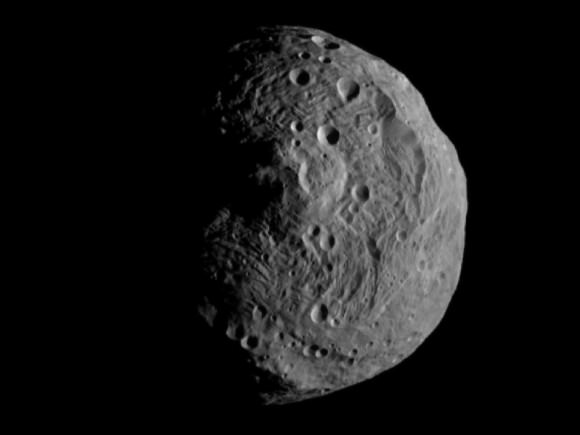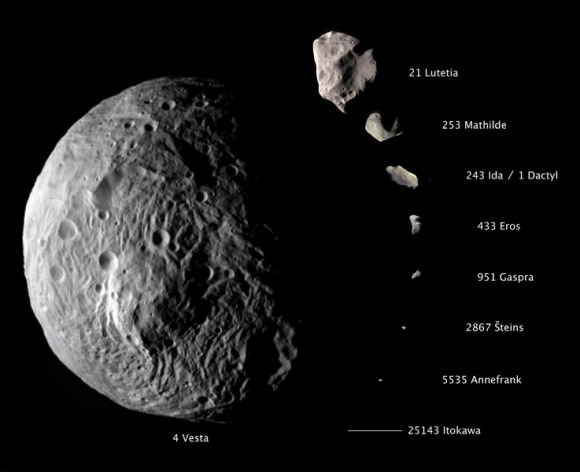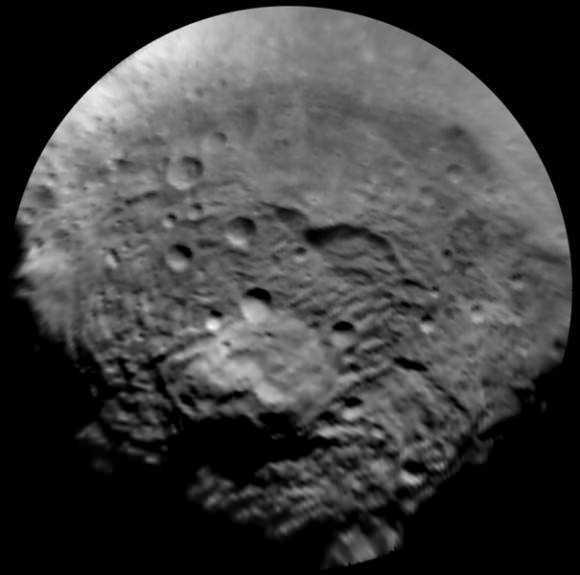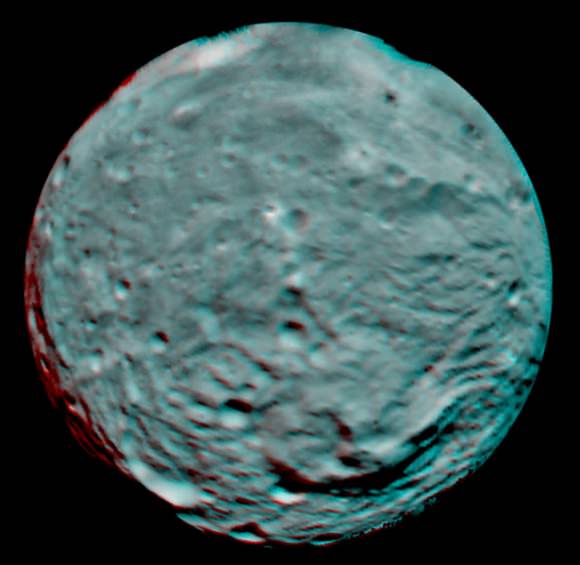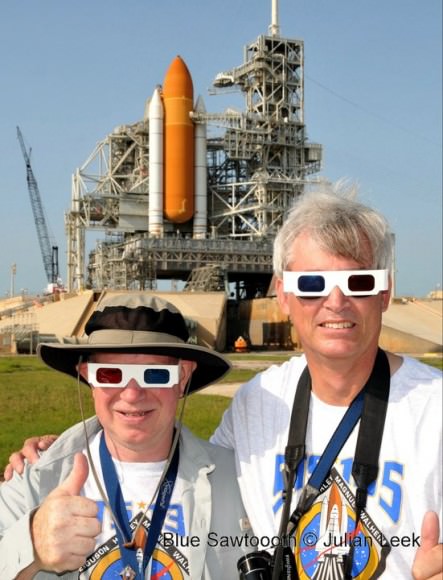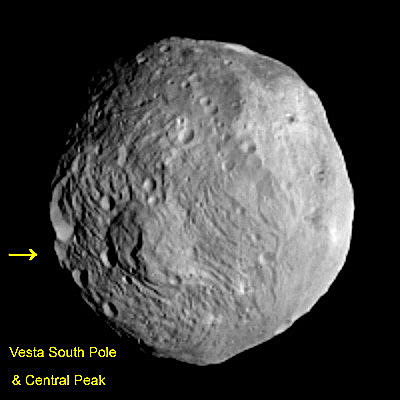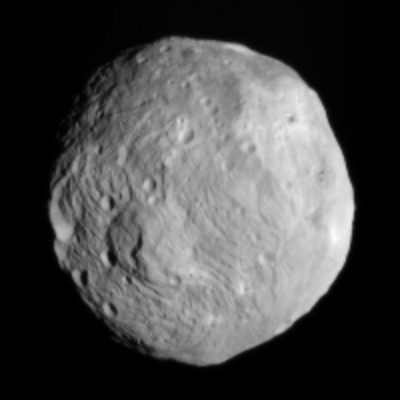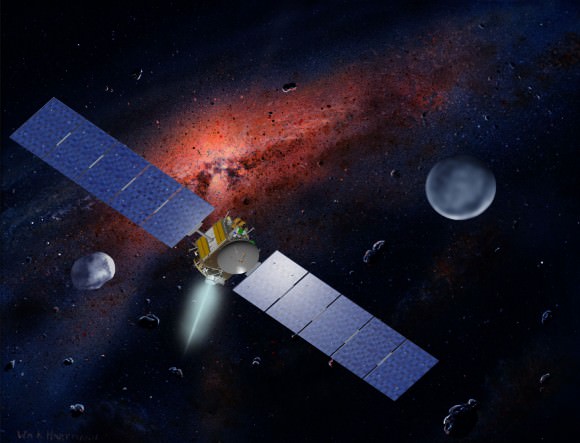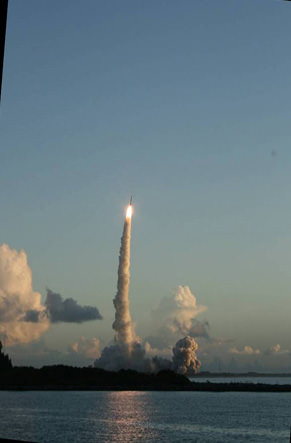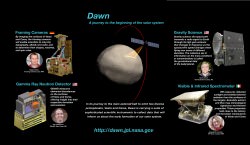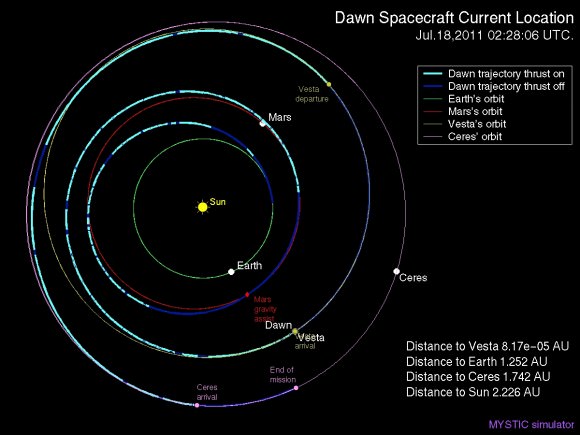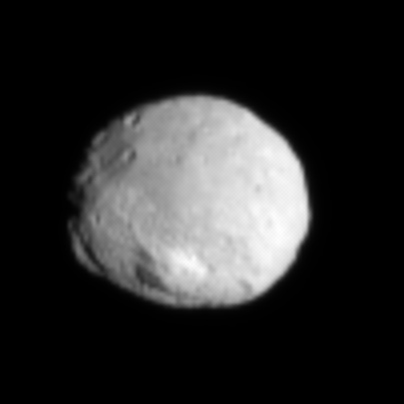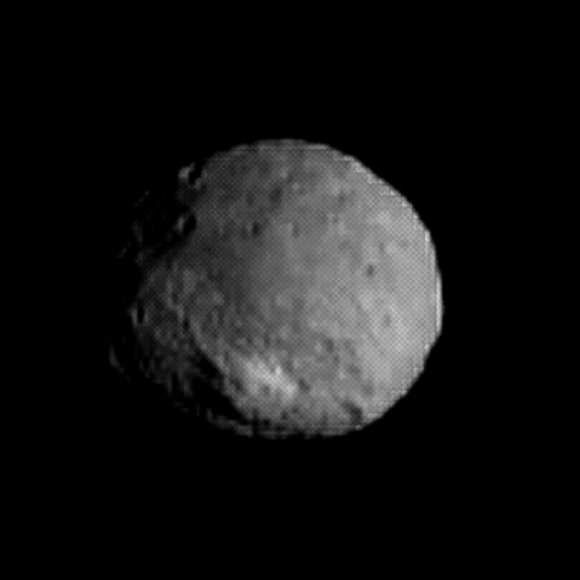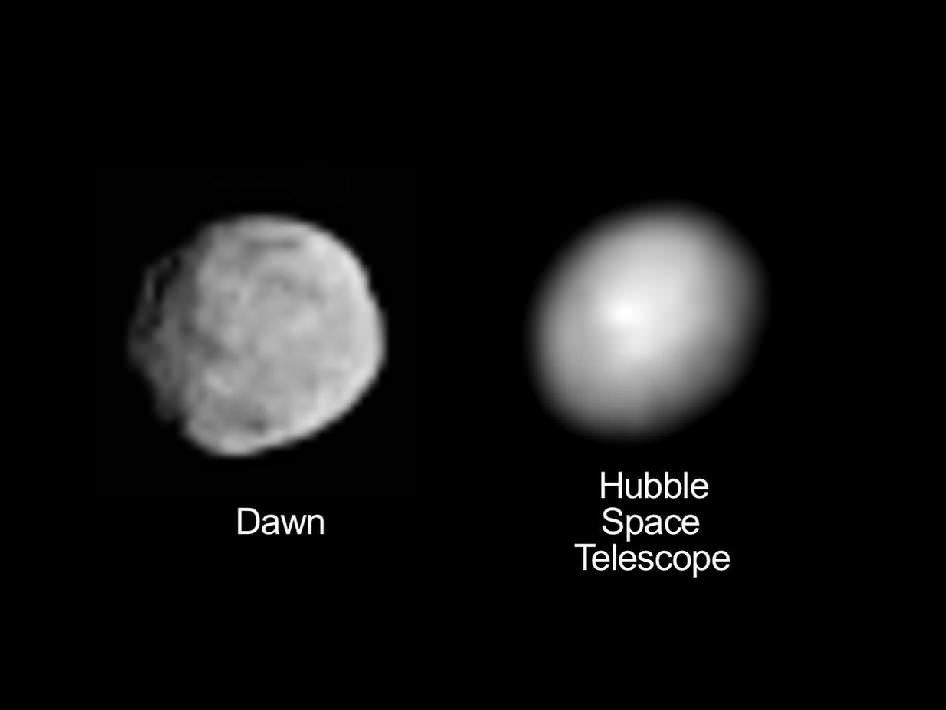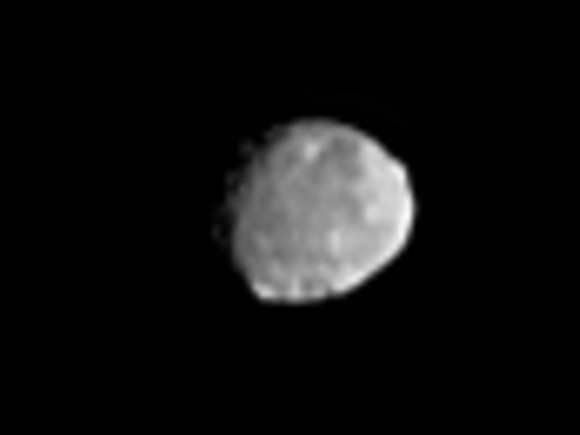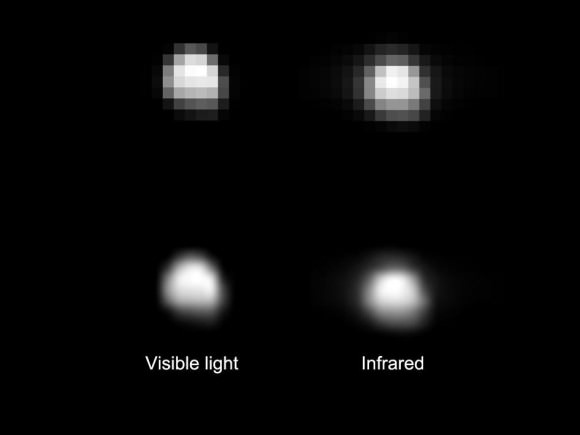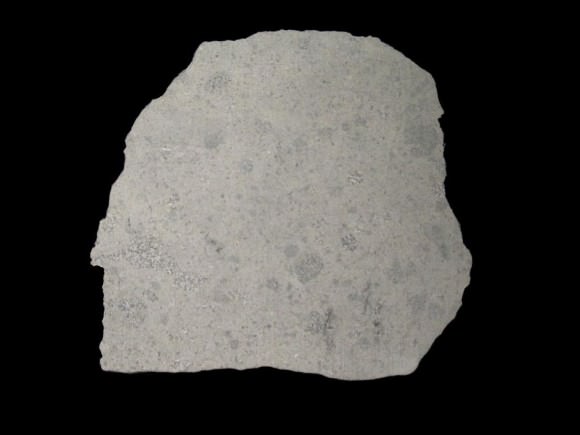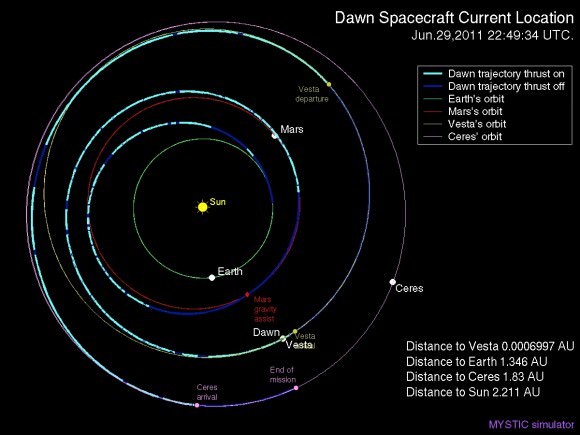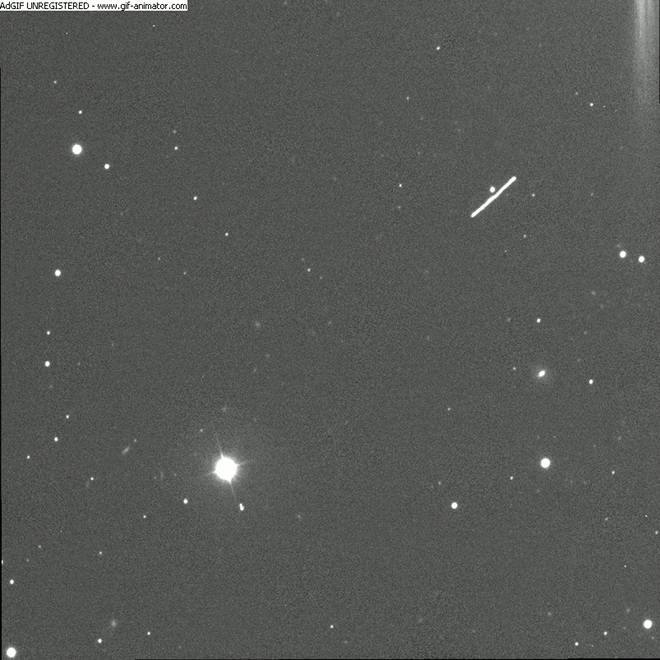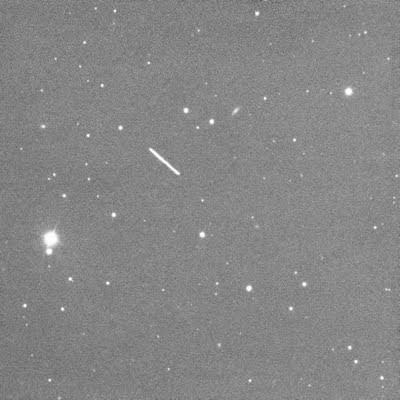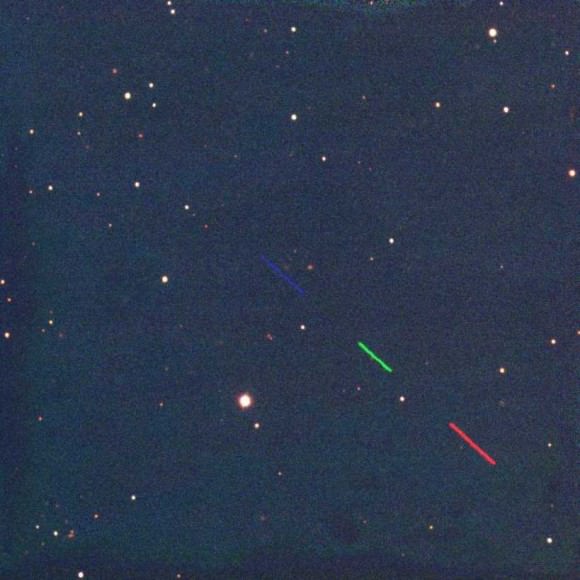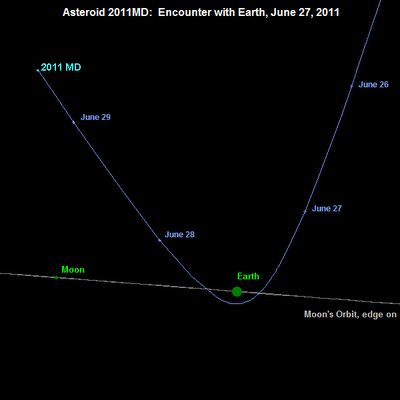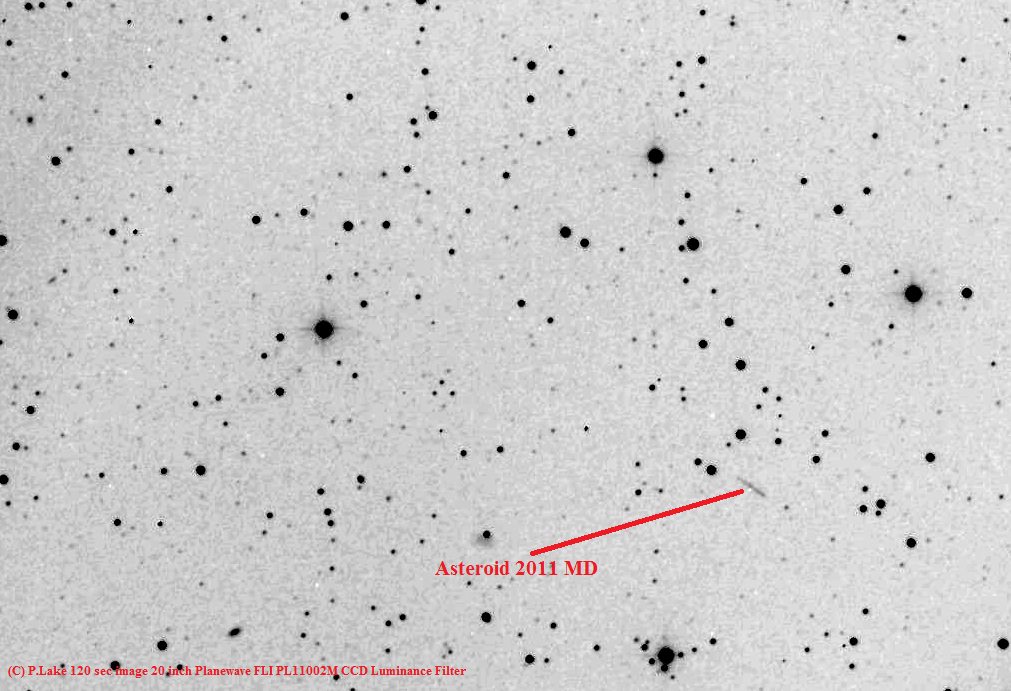Imagine, if you can, the first time human eyes see Earth as a distant, pale blue dot. We’ve dreamed of deep space missions for centuries, and during the Apollo era, space enthusiasts assumed we’d surely be out there by now. Nevertheless, given the current state of faltering economies and potential budget cuts for NASA and other space agencies, sending humans beyond low Earth orbit might seem as impossible and unreachable as ever, if not more.
But NASA has been given a presidential directive to land astronauts on an asteroid by 2025, a mission that some say represents the most ambitious and audacious plan yet for the space agency.
“The human mission to an asteroid is an extremely important national goal,” Apollo astronaut Rusty Schweickart told Universe Today. “It will focus both NASA’s and the nation’s attention on we humans extending our capability beyond Earth/Moon space and into deep space. This is an essential capability in order to ultimately get to Mars, and a relatively short mission to a near-Earth asteroid is a logical first step in establishing a deep space human capability.”
And, Schweickart added, the excitement factor of such a mission would be off the charts. “Humans going into orbit around the Sun is pretty exciting!” said Schweickart, who piloted the lunar module during the Apollo 9 mission in 1969. “The Earth will be, for the first time to human eyes, a small blue dot.”
But not everyone agrees that an asteroid is the best destination for humans. Several of Schweickart’s Apollo compatriots, including Neil Armstrong, Jim Lovell and Gene Cernan, favor returning to the Moon and are concerned that President Obama’s directive is a “grounding of JFK’s space legacy.”
Compounding the issue is that NASA has not yet decided on a launch system capable of reaching deep space, much less started to build such a rocket.
Can NASA really go to an asteroid?
NASA Administrator Charlie Bolden has called a human mission to an asteroid “the hardest thing we can do.”
Excited by the challenge, NASA chief technology officer Bobby Braun said, “This is a risky, challenging mission. It’s the kind of mission that engineers will eat up.”
A human mission to an asteroid is a feat of technical prowess that might equal or exceed what it took for the US to reach the Moon in the 1960’s. Remember scientists who thought the moon lander might disappear into a “fluffy” lunar surface? That reflects our current understanding of asteroids: we don’t know how different asteroids are put together (rubble pile or solid surface?) and we certainly aren’t sure how to orbit and land on one.
“One of the things we need to work on is figuring out what you actually do when you get to an asteroid,” said Josh Hopkins from Lockheed Martin, who is the Principal Investigator for Advanced Human Exploration Missions. Hopkins leads a team of engineers who develop plans and concepts for a variety of future human exploration missions, including visits to asteroids. He and his team proposed the so-called “Plymouth Rock” mission to an asteroid (which we’ll discuss more in a subsequent article), and have been working on the Orion Multi-purpose Crew Vehicle (MPCV), which would be a key component of a human mission to an asteroid.
“How do you fly in formation with an asteroid that has a very weak gravitational field, so that other perturbations such as slight pressure from the Sun would affect your orbit,” Hopkins mused, in an interview with Universe Today. “How do you interact with an asteroid, especially if you don’t know exactly what its surface texture and composition is? How do you design anchors or hand-holds or tools that can dig into the surface?”
Hopkins said he and his team have been working on developing some technologies that are fairly “agnostic” about the asteroid – things that will work on a wide variety of asteroids, rather than being specific to an iron type- or carbonaceous-type asteroid.
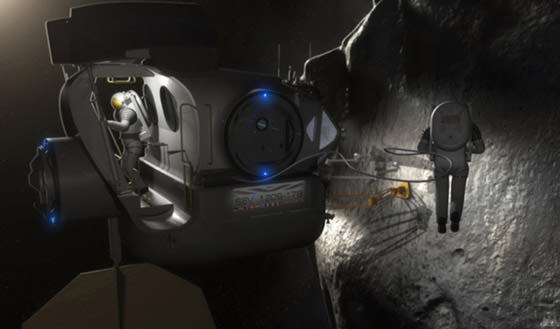
A weak gravity field means astronauts probably couldn’t walk on some asteroids – they might just float away, so ideas include installing handholds or using tethers, bungees, nets or jetpacks. In order for a spaceship to stay in orbit, astronauts might have to “harpoon” the asteroid and tether it to the ship.
Hopkins said many of those types of technologies are being developed for and will be demonstrated on NASA’s OSIRIS-REx mission, the robotic sample return mission that NASA recently just selected for launch in 2016. “That mission is very complimentary to a future human mission to an asteroid,” Hopkins said.
Benefits
What benefits would a human asteroid mission provide?
“It would add to our body of knowledge about these interesting, and occasionally dangerous bodies,” said Schweickart, “and benefit our interest in protecting the Earth from asteroid impacts. So the human mission to a NEO is a very high priority in my personal list.”
Space shuttle astronaut Tom Jones says he thinks a mission to near Earth objects is a vital part of a planned human expansion into deep space. It would be an experiential stepping stone to Mars, and much more.
“Planning 6-month round trips to these ancient bodies will teach us a great deal about the early history of the solar system, how we can extract the water known to be present on certain asteroids, techniques for deflecting a future impact from an asteroid, and applying this deep space experience toward human Mars exploration,” Jones told Universe Today.
“Because an asteroid mission will not require a large, expensive lander, the cost might be comparable to a shorter, lunar mission, and NEO expeditions will certainly show we have set our sights beyond the Moon,” he said.
But Jones – and others – are concerned the Obama administration is not serious about such a mission and that the president’s rare mentions of a 2025 mission to a nearby asteroid has not led to firm NASA program plans, realistic milestones or adequate funding.
“I think 2025 is so far and so nebulous that this administration isn’t taking any responsibility for making it happen,” Jones said. “They are just going to let that slide off the table until somebody else takes over.”
Jones said he wouldn’t be surprised if nothing concrete happens with a NASA deep space mission until there is an administration change.
“The right course is to be more aggressive and say we want people out of Earth orbit in an Orion vehicle in 2020, so send them around the Moon to test out the ship, get them to the LaGrange points by 2020 and then you can start doing asteroid missions over the next few years,” Jones said. “Waiting for 2025 is just a political infinity in terms of making things happen.”
Jones said politics aside, it is certainly feasible to do all this by 2020. “That is nine years from now. My gosh, we are talking about getting a vehicle getting out of Earth orbit. If we can’t do that in nine years, we probably don’t have any hope of doing that in longer terms.”
Can NASA do such a mission? Will it happen? If so, how? Which asteroid should humans visit?
In a series of articles, we’ll take a closer look at the concepts and hurdles for a human mission to an asteroid and attempt to answer some of these questions.
Next: The Orion MPCV
For more reading: Tom Jones’ op-ed in Popular Mechanics, “50 Years After JFK’s Moon Declaration, We Need a New Course in Space”; More info on OSIRIS_REx,

